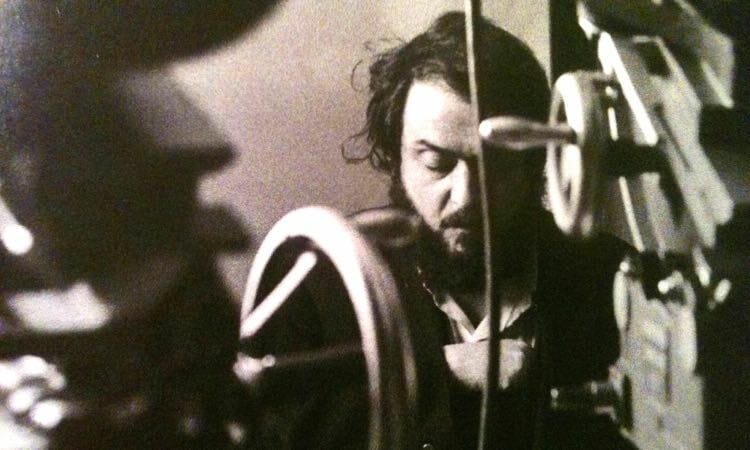Sign up for the
TSL Newsletter
and get $50 off Final Draft 12
By Matthew Pizana · October 28, 2014

Using the classic crime film noir pictures of the 1940’s as his guide, Stanley Kubrick set out to create his own brand of crime with his third motion picture. With its non-linear style, deeply troubled characters, and seedy locations and situations, The Killing proved that Kubrick was not going to be a director that followed the field but rather a man who could take any genre and make it uniquely his own. Impending doom and disaster lord over The Killing as a gang of criminals make plans to hit the score of a lifetime.
The Killing follows Johnny (Sterling Hayden), an ex-con fresh out of the joint, on his quest to rob a horse track to the tune of two million dollars. Johnny collects a group of men (Jay Flippen, Ted de Corsia, Elisa Cook Jr., and Timothy Carey) with varying skill sets and usefulness in order to complete his mission. Once everyone knows their specific task, the men, like the horses on the track, must now race against the clock to pull off the robbery.
The Killing is deceptively simple as a crime flick. The story is not about the mechanics of the caper like the twenty minute safe cracking scene in The Red Circle or the painstaking training of Thief but rather, the depth comes from the layers within the criminals and the personal reasons behind their motivation. Tension hangs heavy within each character; the police officer with a gambling problem and a debt long past due, the man who just wants to get his ailing wife medical care, the track employee with a wife who only loves him when he has money. If only the gang were not distracted by their own problems, maybe they could have seen what a mistake it was letting their weak link and his money grubbing woman go without keeping a closer watch over the both of them.
As the story jumps back and forth through the timeline of events, the narration becomes the story’s guidepost, a constant reminder of how much time is left for the crew to complete the job as the days and hours close in on 4pm and the start of the seventh race. The docu-style feel that Kubrick approached the story with is enhanced by the narrator telling the story in past tense. From the very first words uttered, everything carries a sense of inevitability. It seems that whatever happens to the characters is already set in stone. Each man is just going through the motions en route to their ultimate demise.
While The Killing was not Stanley Kubrick’s first movie as a director, this black and white gem of a heist film was the first time Kubrick had the finances to make a studio grade production and the first time he is able to show his mastery of cinema. Hints of what was to come from the young director; wide angle views, long tracking shots and the facial expressions of men at the end of their rope, were on full display for the first time as he turned the notions of a crime film upside down with this non-linear character piece. As with all of Stanley Kubrick’s future films, the director's influence from The Killing can be traced through the next half a century of cinema in films like Slaughterhouse-Five, Pulp Fiction, and Memento.
https://youtube.com/watch?v=FiDUFG56wT4%26nbsp%3B